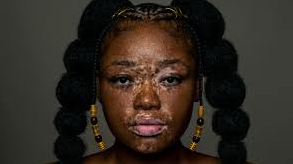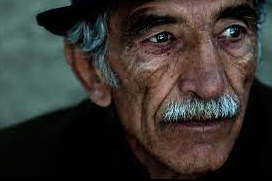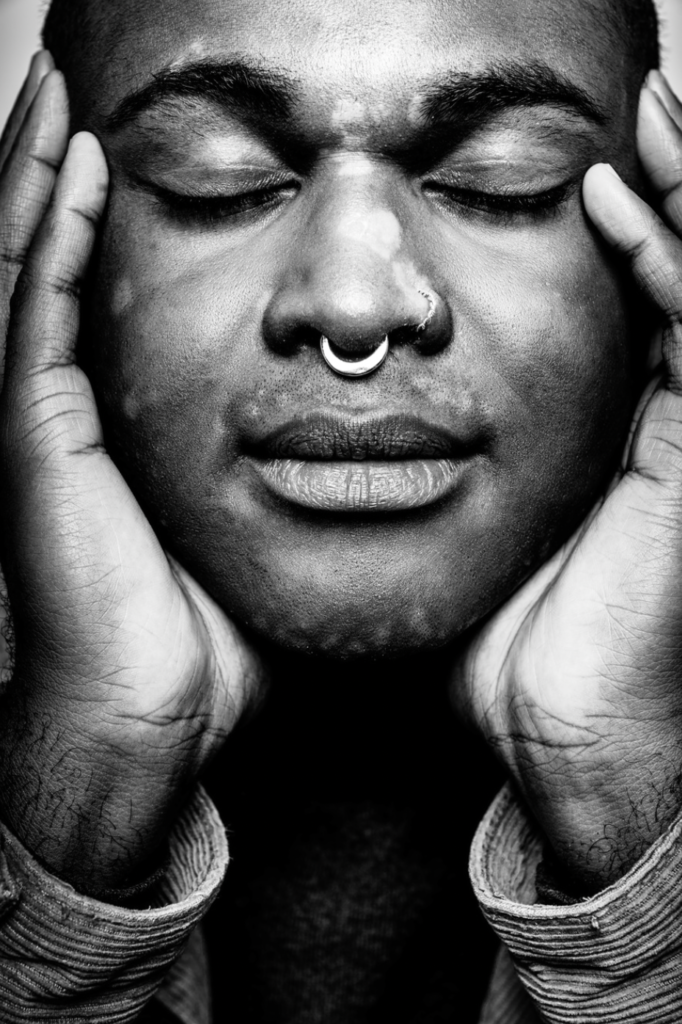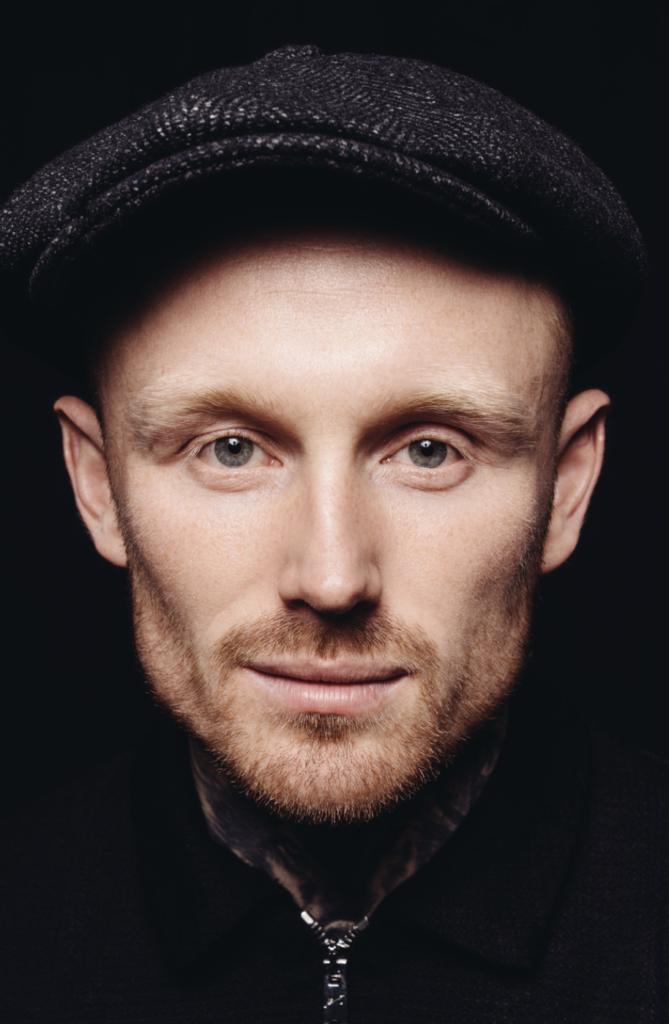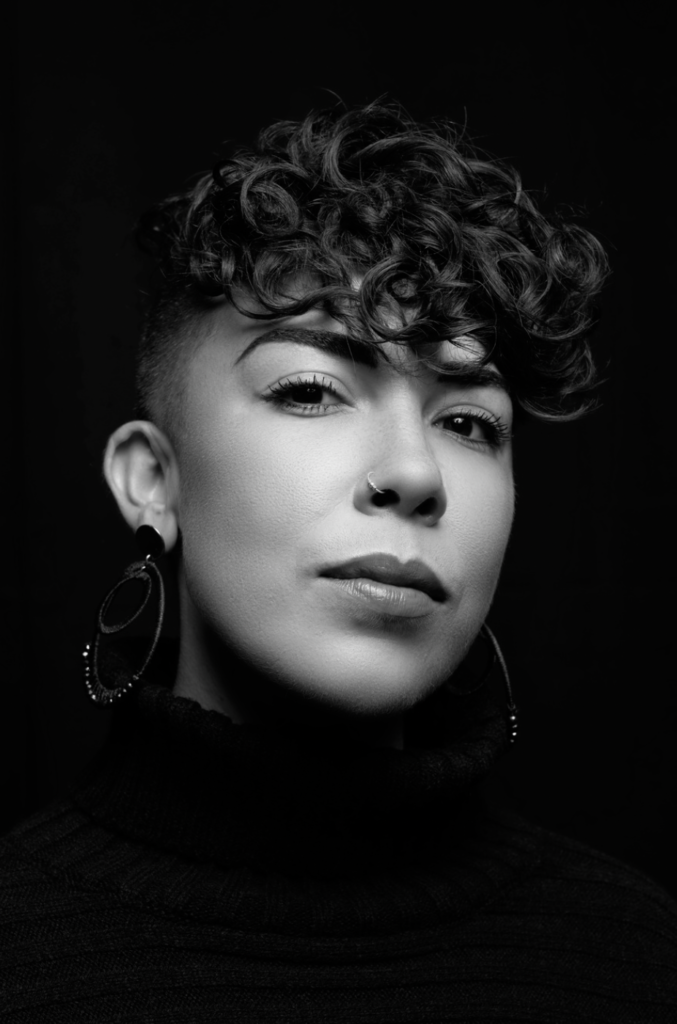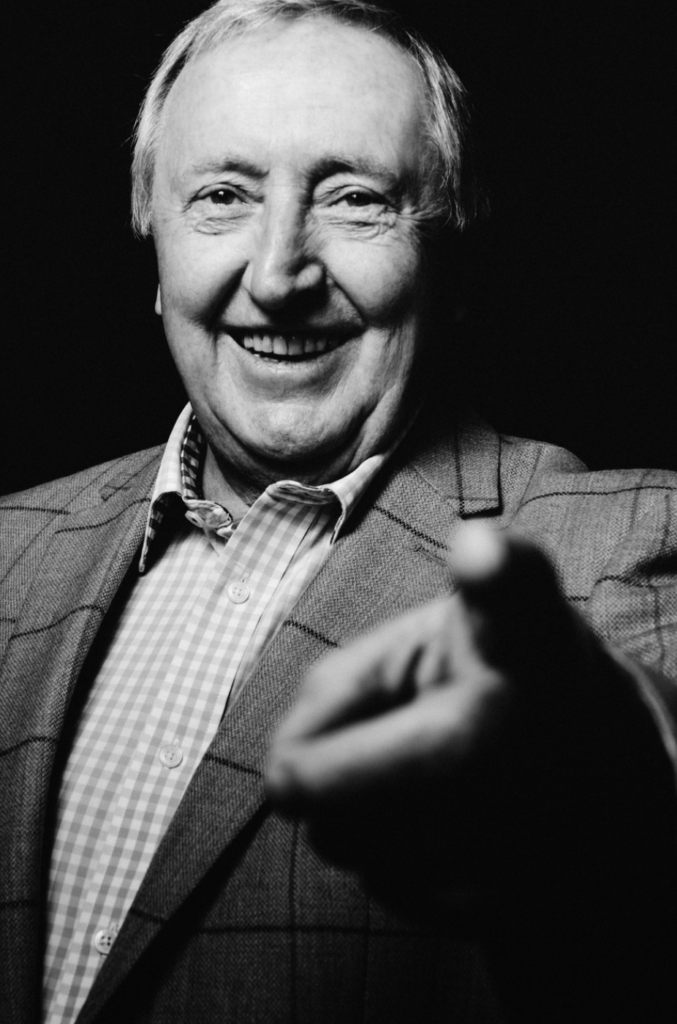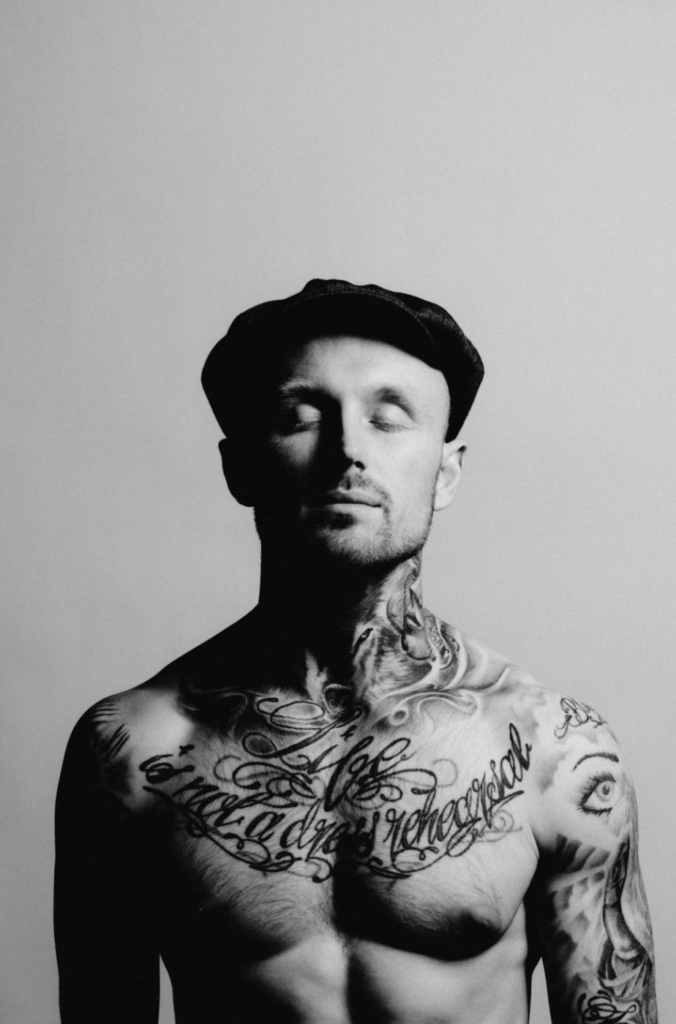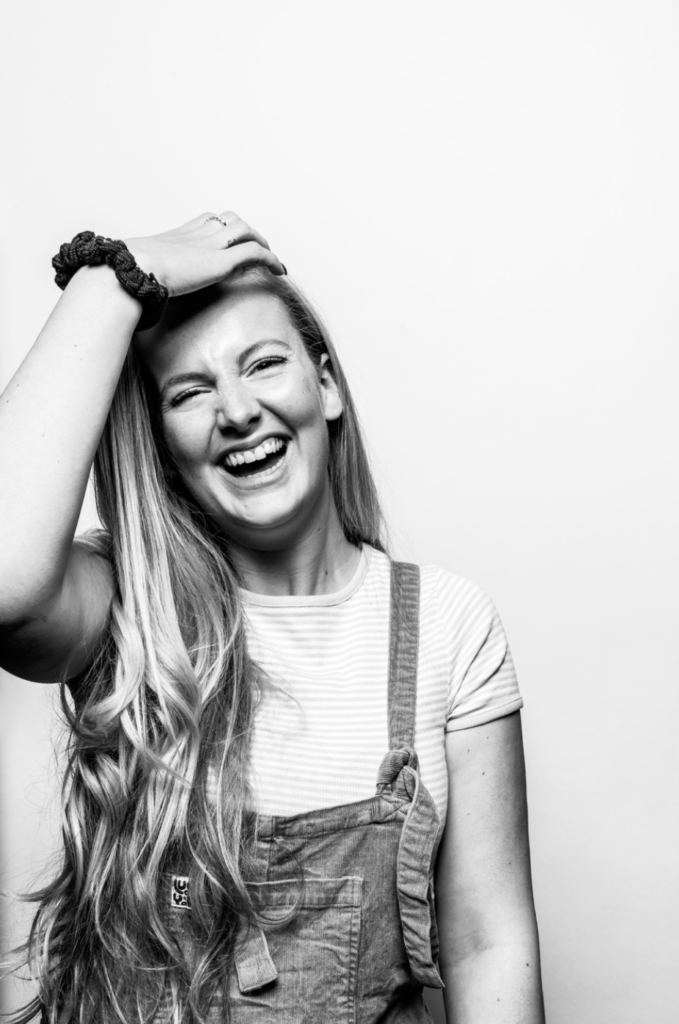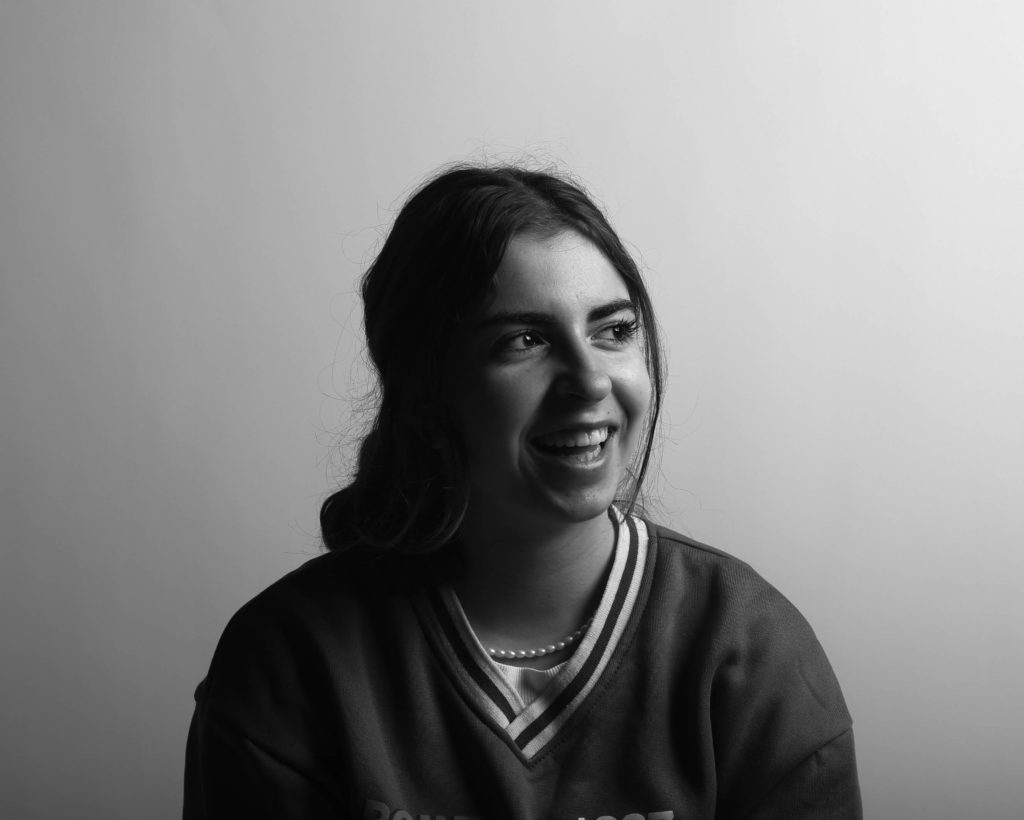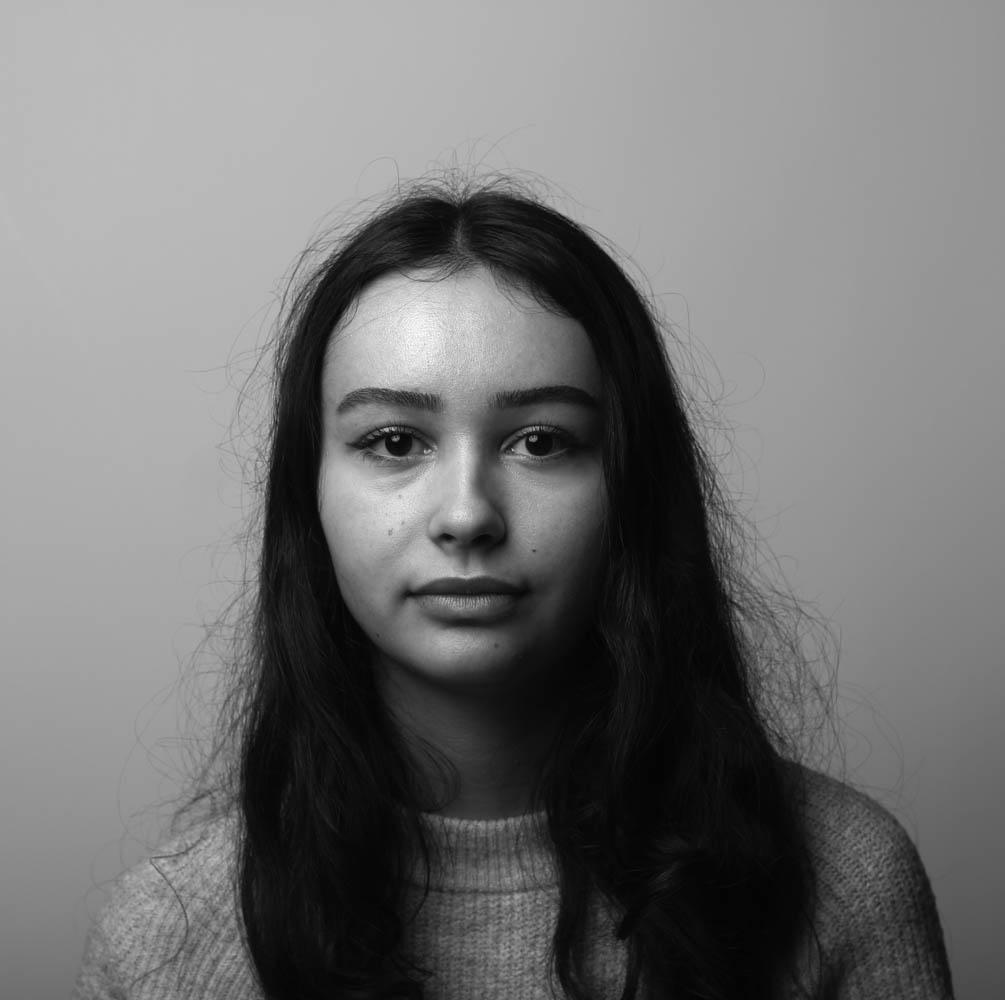Portraiture is a very old art form going back at least to ancient Egypt, where it flourished from about 5,000 years ago. Before the invention of photography, a painted, sculpted, or drawn portrait was the only way to record the appearance of someone.
Portrait photography, or portraiture, is a type of photography aimed toward capturing the personality of a person or group of people by using effective lighting, backdrops and poses.
Julia Margaret Cameron
Julia Margaret Cameron was a British photographer who is considered one of the most important portraitists of the 19th century. She is known for her soft-focus close-ups of famous Victorian men and for illustrative images depicting characters from mythology, Christianity, and literature. She also produced sensitive portraits of women and children.
Cameron’s work was contentious in her own time. Critics lambasted her softly focused and unrefined images and considered her illustrative photographs amateurish and hammy. However, her portraits of respected men (such as Henry Taylor, Charles Darwin and Sir John Herschel) have been consistently praised, both in her own life and in reviews of her work since. Her images have been described as “extraordinarily powerful” and “wholly original”, and she has been credited with producing the first close-ups in the history of the medium.
Cameron’s compositions and use of light have been connected to Raphael, Rembrandt and Titian.
John Herschel, who relayed to Cameron the news of the inventions of photography by Talbot and Daguerre, was an important influence on technique and the practicalities of the medium, as indicated in a letter Cameron wrote to the astronomer, “You were my first teacher and to you, I owe all the first experience and insights.”
The most important photographer to influence Cameron’s work was David Wilkie Wynfield. Cameron’s style of close-up portraits resembling Titian may well have been learned from Wynfield since she took a lesson from him and later wrote “I consult him in correspondence whenever I am in difficulty”. The press compared their photographic work and noted the similarities in style and their consideration of the medium as fine art. She later wrote that “to my feeling about his beautiful photography I owed all my attempts and indeed consequently all my success”.

David Wilkie Wynfield 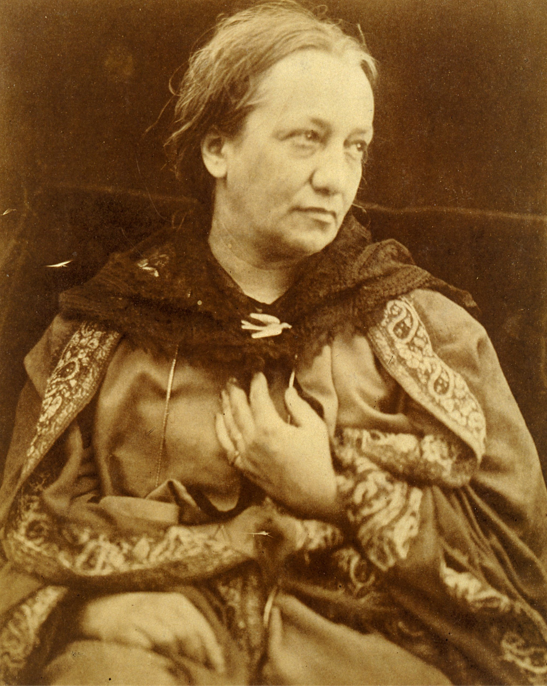
Julia Margaret Cameron
Oliver Doran
Oliver is a commercial, editorial and portrait photographer who often finds himself at a crossroads of cinematic and theatrical explorations of human conditions, as he photographs some of the most recognisable faces on the planet.
Oliver creates vibrant, cinematic images using both flash, natural light and a mixture of both. He is comfortable in and out of the studio with complex lighting setups as well as working with ambient light in any location; day or night.
Celebrating personality and amplifying uniqueness while always striving to be real and relatable is Oliver’s calling card. Being a strong advocate of organic creativity, he has quite the reputation for his skilful use of light and mood to create striking visual breakthroughs that also strike the right chords and achieve diverse briefs and business goals.
Exploring Technique/Lighting
Natural Light: In most cases, we can make use of natural or available light but we must be aware of different kinds of natural light and learn how to exploit it thoughtfully and creatively. Natural light photography uses the sun as a light source. The available light from the sun varies with the time of day, shortly after sunrise and before sunset is known as ‘golden hour’ due to the warm light which is different from the sun at midday which is a harsh light. While using natural light we have to think about different things such as the intensity and direction of the light or if we need to use a reflector (silver or gold). There’s also the temperature of the light and if we have to change the white balance on the camera.

High key and low key lighting can also be used, high key lighting is when the photo is overexposed, low contrast, shadowless, ambient and soft, whereas low key lighting is high contrast, dark, harsh and direct.
Studio Lighting: It is essential to most photographers and helps them create natural lighting effects in many situations. There are also many different types of studio lighting with many different accessories to help photographers get the perfect shot. For example strobe and continuous lighting, strobe lighting is more commonly known as flash lighting, as the light will ‘flash’ each time the camera is fired, and then recycle its power and continuous lighting is light that’s on all the time, so it doesn’t flash.
Using Flash: Flash units offer a range of possibilities in both low and high lighting scenarios, for example, flash bouncing fill-in flash, speedlight flash, etc. A major purpose of a flash is to illuminate a dark scene. Other uses are capturing quickly moving objects or changing the quality of light. In many professional studios, they will have big flash units that are synchronized with the camera.
Why do we use studio lighting?
Studio lighting is essential to photographers, it helps them create different types of lighting and lets them move shadows to where ever they would like.
Studio Lighting
I have chosen three of my portraits which were taken in the studio with different lighting, for example 1 and 2 point lighting. The first photo on the left and the last photo is an example on 1 point lighting and you can see this by the shadowing on their faces, where as the photo in the middle is an example of 2 point lighting which is where 2 lights were used while taking the photo.


